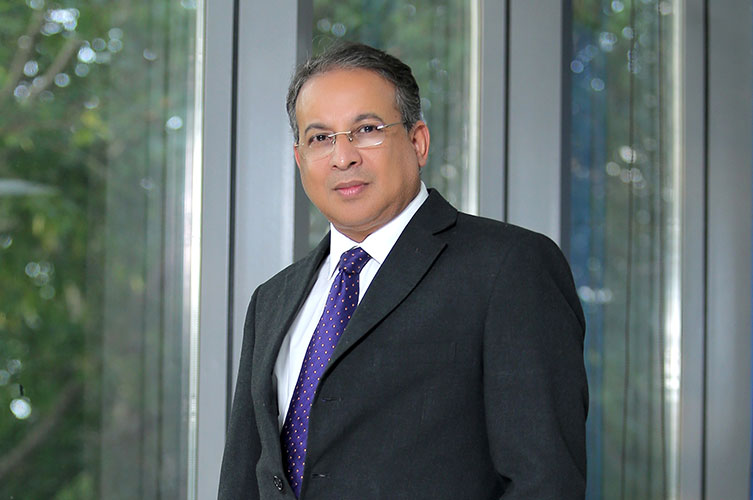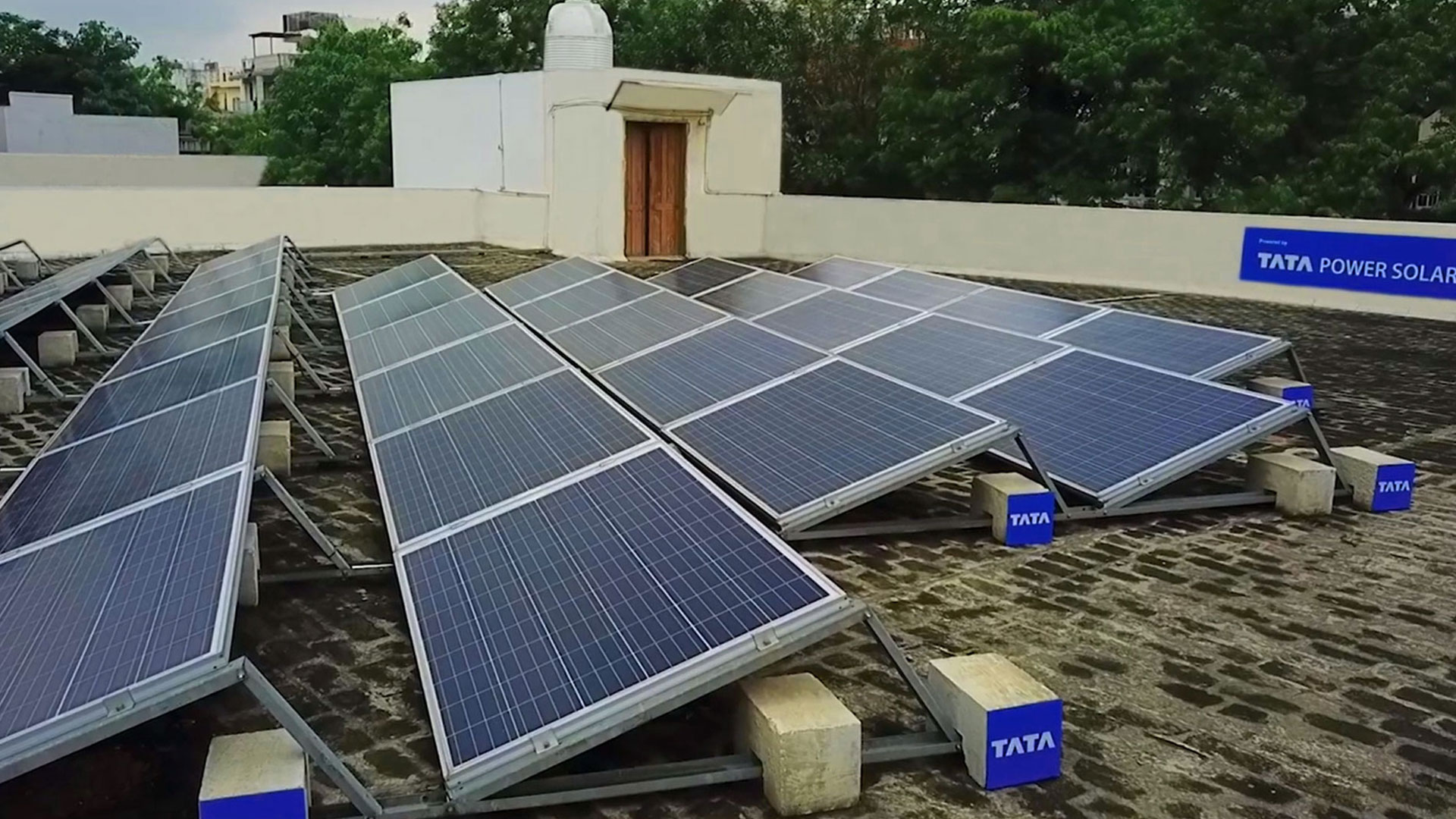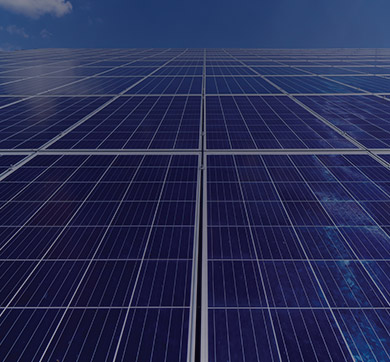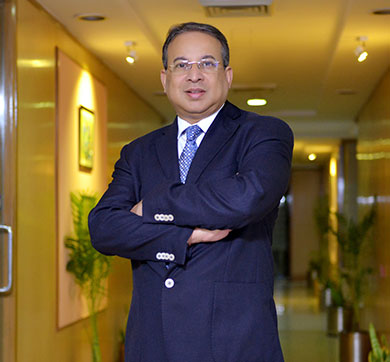June 2021 | 888 words | 3-minute read
Almost everyone understands energy security but not as many when it comes to energy poverty. More than 800 million people or nearly one out of every seven in the world today don’t have access to electricity and several million more are denied a reliable source of power.
This is perhaps one of those issues that does not stare us in our face like global warming or economic poverty. Yet, if one scratches the surface, lack of access to electricity is a serious challenge, more so in developing countries like India.
The real challenge in providing universal access to power is in fact more about economics than anything else. There is a supply side challenge and a demand side challenge that one should understand, and interestingly, these are closely connected. Building large power plants and transmission grids that run into several hundred kilometers before landing at sub-stations, and the intricate last-mile connections that take electricity to homes, schools, hospitals and factories is how it works today.
A large infrastructure such as this comes with cost, ie, economic and environmental, not to mention other related challenges like land acquisition, among others. Higher cost means a vast majority of Indians cannot afford to pay, which leads to other problems like power theft. In many ways, this has been the main reason why universal access to power has been a long pending issue in India.
After more than seven decades of gaining independence and a century after the first power plant was commissioned in India, we have landed on a solution that can be game changer for everyone — solar microgrids.

The TP Renewable Microgrid solution
- TP Renewable Microgrid (TPRMG) is a wholly owned subsidiary of Tata Power. It is the number one solar microgrid company in the country
- The company plans to roll out 10,000 microgrids in the near future
- It has installed 161 microgrids within a year, with many of these present in Uttar Pradesh and Bihar. A pilot microgrid programme is also being tried out in 10-15 villages in Odisha
- The cost of power from a microgrid is around one-fifth of the cost of diesel, making it an economical option for many people in rural India
- Apart from households, TP Renewable Microgrid customers include shops, medical clinics (for refrigeration), electric mobility providers, telecom towers, teaching centres, and roadside eateries in villages
- The company is exploring clustered smart meters and power generation from bio CNG, among other technologies
Typical solar microgrids consist of an array of photovoltaic (PV) cells that generate power and transmit to a central controller called the Power Conditioning Unit (PCU). The PCU then transmits electricity directly to homes, shops, offices and street lights. Further, during the day, if the power generated is not used or surplus power is generated, the PCU directs this to the battery bank which stores power. This power can then be used after the sunset.
However, there is a lot more to solar microgrids.
A host of technologies, partners and a dedicated team at grassroots have come together to make all this happen. At the heart of this solution is the REM (Reference Electrification Model).
REM helps find the best electrification solution for any given area, based on the location, how much sunlight is received in the case of solar power, reach of grid, demand for power (based on population and use), fuel costs, etc. REM can be used both for large and small projects, all the way down to single system. By including technical, economic and market data, REM helps in building different scenarios to ensure the optimal solution for any electrification project at the planning stage.
"For the first time we seem to be at the cusp of not only providing electricity but also economic opportunities that have been denied for so many years."
The tool is now known as Optimised Cost of Electrification Model or OCEM (pronounced awesome). We are using it not only for our microgrids planned in India, but also for use in some other countries like Rwanda and Mozambique in Africa. This is the first technology innovation we created while developing microgrids. The road to microgrids was through many of these challenges, innovation and new solutions.
The potential success of the solar microgrid model to successfully electrify complex and layered markets like India is due to a few enablers. Today we are seeing a host of individual institutions from both private and public sector coming together to resolve very complex socio-economic challenges.
The microgrid model was faced with three challenges: prohibitive battery technologies, dependence on polluting diesel generators (DGs) and cost to consumers. After considerable research and experimentation, today we have found a cost-effective battery technology, replaced DGs with biomass-based generators and have consumer appliances that are 10 times more efficient than what has been available until now.
Another enabler is perhaps the power of public-private partnership that has brought together technology, capital and grassroots social activism that now holds the potential to change the electrification landscape of rural India.
The founding fathers of India's century-old road to electrification had dreamt of providing clean, abundant and affordable electricity to all. And for the first time we seem to be at the cusp of not only providing electricity but also economic opportunities that have been denied for so many years.
The author, Dr Praveer Sinha, is CEO & MD, Tata Power Ltd
Source: www.tatapower.com













